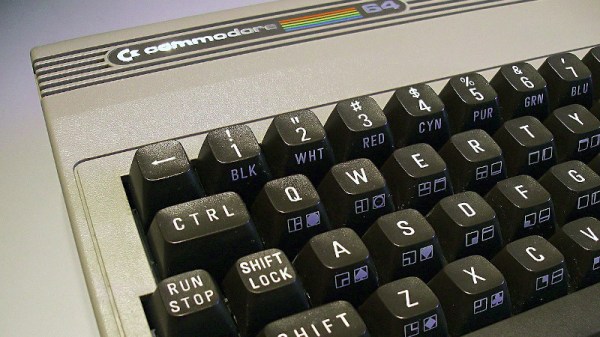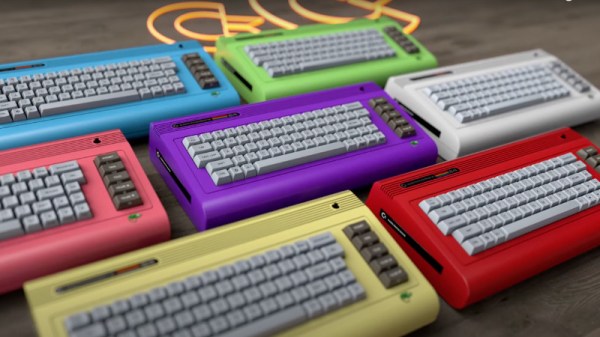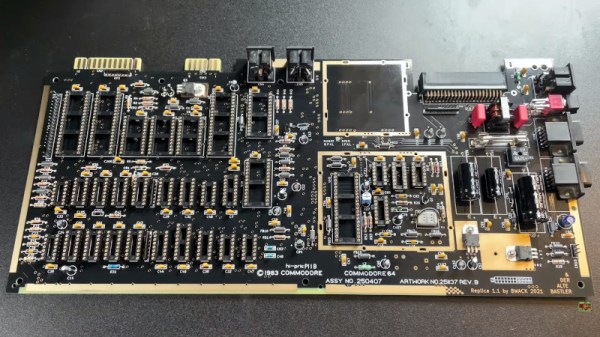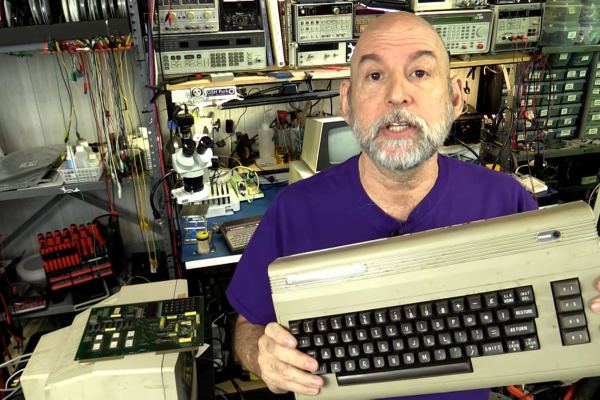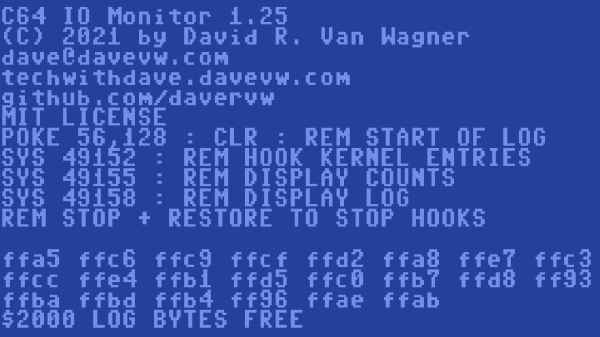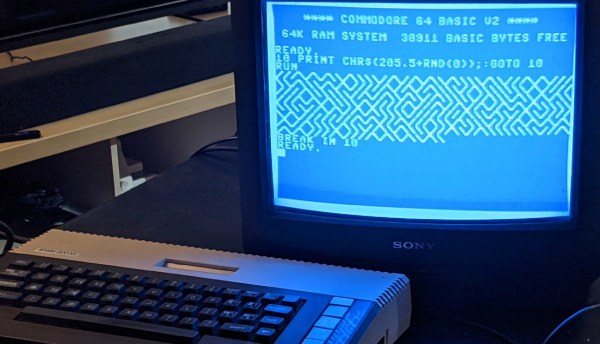TensorFlow is a machine learning and AI library that has enabled so much and brought AI within the reach of most developers. But it’s fair to say that it’s not for the less powerful computers. For them there’s TensorFlow Lite, in which a model is created on a larger machine and exported to a microcontroller or similarly resource-constrained one. [Nick Bild] has probably taken this to its extreme though, by achieving this feat on a Commodore 64. Not just that, but he’s also done it using Commodore BASIC.
TensorFlow Lite works by the model being created as a C array which is then parsed and run by an interpreter on the microcontroller. This is a little beyond the capabilities of the mighty 64, so he has instead created a Python script that does the job of the interpreter and produces Commodore BASIC code that can run on the 64. The trusty Commodore was one of the more powerful home computers of its day, but we’re fairly certain that its designers never in their wildest dreams expected it to be capable of this!
If you’re interested to know more about TensorFlow Lite, we’ve covered it in the past.
Header: MOS6502, CC BY-SA 3.0.

